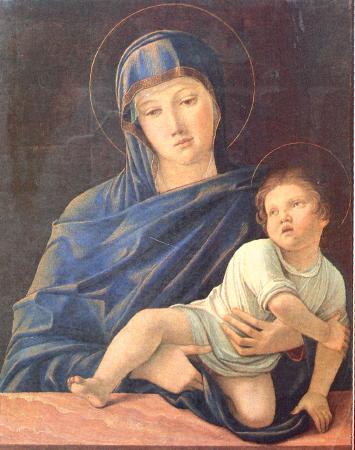
כשבאתי לאסוף את איתמר מיום ההולדת של נמרוד ציפתה לי הפתעה – במקום שקית ממתקים, חילקו הוריו הנרגשים של נמרוד לכל ילד וילדה שקית קטנה עם דג זהב במים ושקית קטנטנה עם מזון שיספיק בדיוק לשישבת.
הדג עבר בשלום את הנסיעה הקצרה עד לביתנו כשאיתמר מחזיק בשקית ובבית שפכנו אותו על מימיו לקערת זכוכית גדולה. אבא של איתמר הוסיף לו לקישוט חייו אצה ירוקה מפלסטיק. איתמר קרא לו בשם: דוגי-דג.
ביום ראשון לא הלך איתמר לגן, התרגש התעייף ונורא רצה להצטרף לאמא לסידורים – והסכמתי. היה ברור שנקנה מזון לדגים. על ההתחלה הסברנו לאיתמר שתוחלת חייו של דג זהב קצרה, שזה ככה ואין מה לעשות ושלא יצפה שהדג אפילו יסיים את צנצנת המזון שקנינו בשבילו. בימים הראשונים ניסה אבא של איתמר לתת לו את התפקיד של האכלת הדג מדי בוקר אבל די מהר התברר שהחידוש בעניין עבר. מי שבעיקר נהנתה מחברתו של הדג הפעיל והסקרן הייתי אני ולכן לקחתי על עצמי גם את העונג לדאוג לו לארוחה בכל בוקר. וכך עברו הימים, הילדים התעלמו מהפלא, אני ניסיתי מדי פעם לעניין אותם או את חבריהם בחבר הזהוב אבל בעיקר נהניתי ממנו בעצמי. ואז זה קרה. בבוקר אבא של איתמר ניגש אלי ובטון יבש הודיע שהלילה נפטר דוגי דג ושהוא שטף אותו בבית השימוש. שנינו הצטערנו. הילדים שלא גילו עניין בדוגי דג בחייו לא שמו לב אליו גם במותו. לפחות ההתמודדות עם המוות נחסכה מאיתנו חשבנו. ואז כשבוע אחרי המקרה, בשעת ערב מאוחרת, איתמר שוכב במיטתו ואנחנו חושבים שהוא שוקע בשינה, מופיע הילד במטבח ובלי הקדמות שואל במפגיע: איפה דוגי דג?
אמרנו: הוא מת. אבא מצא אותו מת בבוקר. והוא שאל: קברתם אותו? אז אבא אמר שלא קוברים דגים ואני פתאום ראיתי את החיבור בין האמת לתחושה טובה והסברתי: הוא נשטף דרך הביוב והגיע לים, בים זה עולם הדגים החיים והמתים, דוגי דג עכשיו מת בים ואינו חש בדבר. טוב, אמר איתמר והלך לישון.



